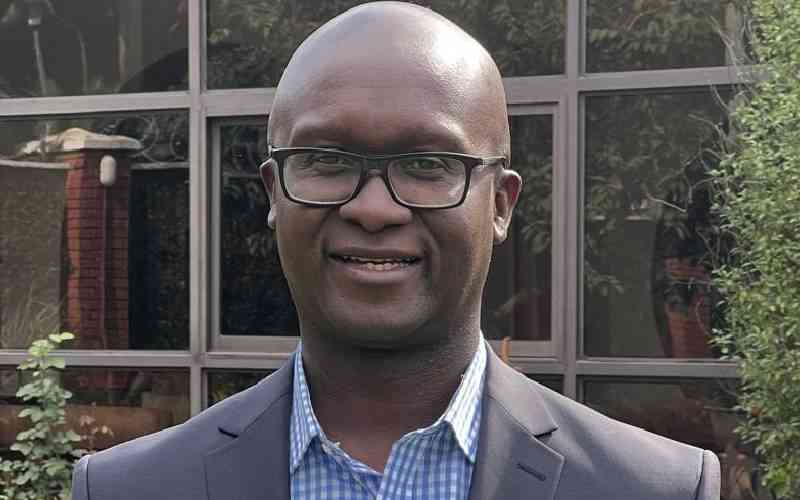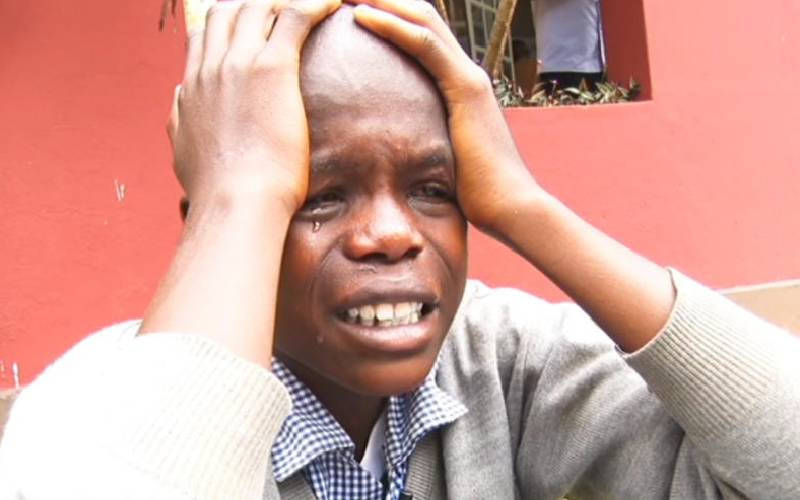The government’s policy on 100 percent transition is a great move that will enable every learner to access quality secondary education irrespective of their socio-economic status.
It is one of the ways of addressing inequality and guaranteeing children in Kenya equitable access to basic education programmes.
For the public to sustainably support 100 per cent transition, there is need to ensure that crucial basic data on government’s investment in secondary education is readily available and accessible at the lowest level.
As it is now, most parents and guardians have very minimal information. What majority of parents know is the information specific to the schools their children attend, not the bigger picture of how the government invests and runs the secondary education programme.
The focus on 100 per cent transition to secondary schools implies that 1,083,456 children (525,070 boys and 527,294) girls who completed their primary education in 2019 must all be enrolled in Form One by the end of January 2020.
It should, therefore, be envisioned that in 2023, the number of children in Form Four will be close to 1.2 million. With enrollment data readily available, it is possible to put in place a good plan with a resource mobilisation strategy to ensure that all those who enroll in secondary school this year are sustained until 2023.
Have since
Even as we focus on enrollment to Form One, we should remember that in January 2019, it was expected that only 1,052,364 children were to be enrolled in Form One.
It is imperative upon the Ministry of Education to confirm that all children who sat Kenya Certificate of Primary Education examinations in 2018 were all enrolled in secondary schools in 2019 and that all of them have since moved to Form Two.
That way, we can be sure that in 2019 we achieved 100 per cent transition and that no child who should be in Form Two has since dropped out of school.
To ensure that no child with disability is left behind, the Ministry of Education should share data on the number of such learners, who sat the KCPE tests in 2018 and 2019 respectively, categorised by the type of disability. The ongoing government-led monitoring of enrollment in Form One should include visits to secondary schools for learners with disability.
In its 2019 Education Sector Report, the Education Ministry indicates that there are 22,746 primary schools and 11,399 secondary. This implies that the existing number of secondary schools may not absorb all learners graduating from primary, unless more secondary schools are established or more infrastructure is provided in existing schools.
We must ensure that the infrastructural and human resource needs in secondary schools are provided for in an equitable manner. While the number of secondary schools is known, there exists minimal public information on the number of classrooms, libraries, dormitories and laboratories that are in good condition, those that require renovation and the deficit.
New classrooms
The ministry provides the target on the number of classes to be constructed in public secondary schools by the end of 2020 as 1,155, while in 2021 the target is 1,238 classrooms. On the other hand, the number of laboratories to be constructed in public secondary schools in 2020 is 250 and 2021 is 317.
Stay informed. Subscribe to our newsletter
While it is common practice to set targets, it is important that information is provided to show the overall need vis-à-vis the targets set.
Assuming that every class constructed takes 40 learners, the number of learners to be accommodated in the new classrooms by the end of 2020 will only be 46,200. The big question then remains, where will the additional learners be enrolled?
Second, in the ministry’s report, there are no targets presented on the number of dormitories to be constructed. How, then, would the expected congestion in the dormitories be addressed?
If it is a matter that should be addressed through contributions by parents, then, obviously, the secondary schools will be asking parents to pay additional school fees.
In the same report, the ministry plans to establish 1,496 additional infrastructure in secondary schools in two years. It, however, fails to specify what this additional infrastructure is.
Given that the ministry has clarity on the funding available for secondary schools’ infrastructure under the Secondary Education Quality Improvement Project, it is important that deficit is formally communicated to the public so that other agencies such as the National Government Constituency Fund and other non-State actors can have more clarity on how to finance the gaps on secondary schools infrastructural needs.
Mr Bonyo is an associate director, policy and advocacy at World Vision Kenya
 The Standard Group Plc is a
multi-media organization with investments in media platforms spanning newspaper
print operations, television, radio broadcasting, digital and online services. The
Standard Group is recognized as a leading multi-media house in Kenya with a key
influence in matters of national and international interest.
The Standard Group Plc is a
multi-media organization with investments in media platforms spanning newspaper
print operations, television, radio broadcasting, digital and online services. The
Standard Group is recognized as a leading multi-media house in Kenya with a key
influence in matters of national and international interest.
 The Standard Group Plc is a
multi-media organization with investments in media platforms spanning newspaper
print operations, television, radio broadcasting, digital and online services. The
Standard Group is recognized as a leading multi-media house in Kenya with a key
influence in matters of national and international interest.
The Standard Group Plc is a
multi-media organization with investments in media platforms spanning newspaper
print operations, television, radio broadcasting, digital and online services. The
Standard Group is recognized as a leading multi-media house in Kenya with a key
influence in matters of national and international interest.








